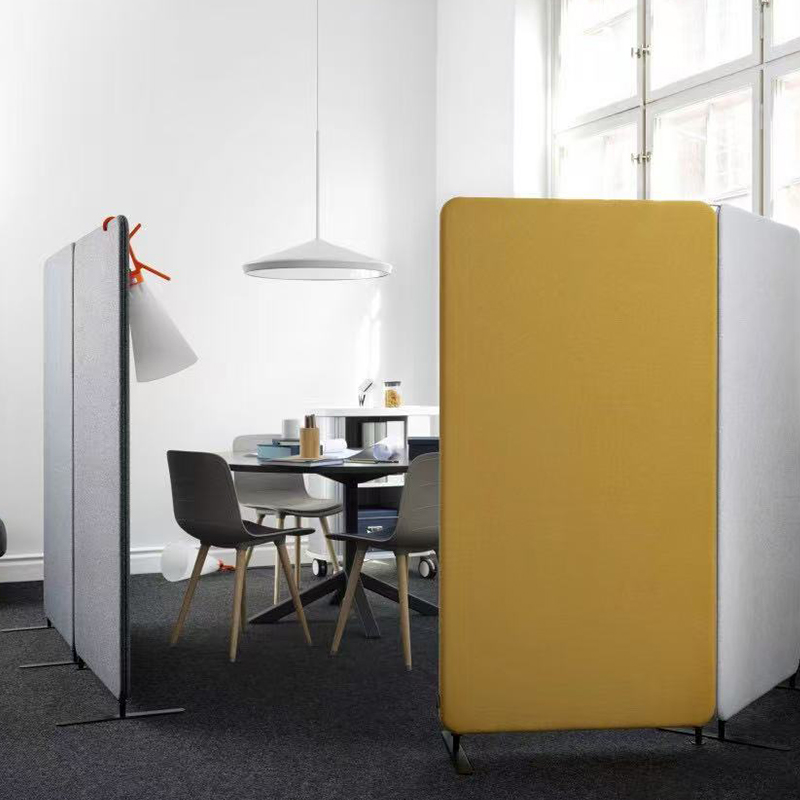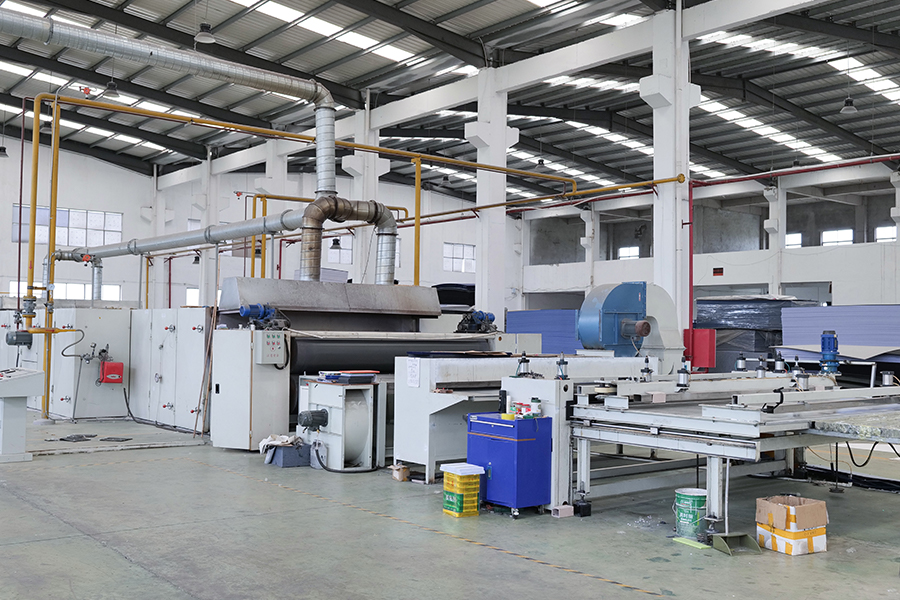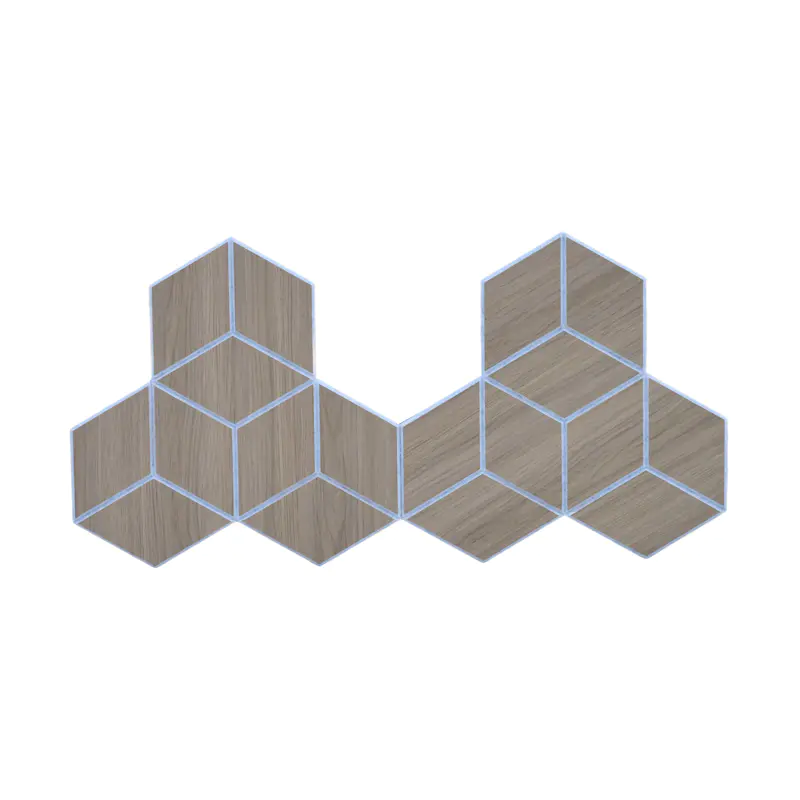+86-180 3665 1199
The Growing Need for Acoustic Solutions in Modern Offices
In today's dynamic work environments, the challenge of maintaining productivity and privacy has become increasingly complex. Open-plan offices, while promoting collaboration, often create significant acoustic issues that hinder concentration and compromise confidential discussions. This is where specialized acoustic solutions come into play, offering a strategic approach to managing workplace soundscapes. The integration of well-designed partitions represents a fundamental shift from reactive noise management to proactive acoustic planning, addressing both psychological and practical aspects of workplace design.
Modern research consistently demonstrates the profound impact of noise pollution on employee wellbeing and organizational performance. Unwanted sound doesn't merely cause temporary distraction; it creates chronic stress that undermines cognitive function and job satisfaction. The strategic implementation of acoustic office partitions serves as a crucial intervention in this context, transforming chaotic environments into structured spaces that support diverse work activities. These solutions recognize that different tasks require different acoustic environments, and that one-size-fits-all approaches to office design inevitably create friction between collaborative and focused work requirements.
Five Key Benefits of Implementing Acoustic Partitions
Enhanced Concentration Through Noise Reduction
The primary advantage of acoustic partitions lies in their ability to create zones of acoustic comfort within larger spaces. Unlike visual barriers alone, properly engineered acoustic solutions address the full spectrum of workplace noise challenges. The science behind this involves both sound absorption and sound blocking principles, working in concert to create environments where employees can maintain deep focus without constant interruption from surrounding activities.
The cognitive benefits of reduced noise exposure are substantial and well-documented. Employees working in acoustically-treated environments demonstrate:
- Higher accuracy rates in complex tasks
- Reduced mental fatigue throughout the workday
- Faster completion times for assignments requiring sustained attention
- Improved information retention during learning activities
- Enhanced creative problem-solving capabilities
Privacy Assurance for Sensitive Communications
Beyond supporting concentration, acoustic partitions play a vital role in ensuring speech privacy—a critical concern in environments handling confidential information. The difference between basic visual privacy and true acoustic privacy is significant, with the latter requiring specialized materials and construction techniques. This is particularly important for soundproof office partitions for confidential meetings where sensitive business, legal, or personal information must be protected from unauthorized disclosure.
When evaluating privacy performance, several factors come into play. The following comparison illustrates how different partition characteristics affect their ability to maintain confidential communications:
| Partition Characteristic | Low Privacy Performance | High Privacy Performance |
|---|---|---|
| Sound Transmission Class (STC) Rating | STC 20-25: Normal speech easily understood through barrier | STC 45+: Loud speech reduced to unintelligible murmur |
| Core Material Density | Hollow or low-density cores that transmit vibration | High-density mineral wool or fiberglass cores that absorb sound energy |
| Sealing System | Gaps at perimeter allowing sound flanking | Compression gaskets creating airtight seal at all junctions |
| Surface Mass | Lightweight materials that vibrate easily with sound waves | Multi-layer construction with significant mass to resist vibration |
Choosing the Right Acoustic Partitions for Your Space
Understanding Acoustic Performance Metrics
Selecting appropriate acoustic partitions requires understanding key performance indicators that predict real-world effectiveness. The most crucial metrics include Noise Reduction Coefficient (NRC), which measures absorption capability, and Sound Transmission Class (STC), which quantifies blocking performance. These standardized ratings provide objective benchmarks for comparing different products and ensure that investments deliver measurable acoustic improvements.
For environments requiring both sound control and visual transparency, glass office partitions with sound absorbing properties offer an elegant solution. Modern acoustic glass technology incorporates specialized interlayers and framing systems that provide substantial noise reduction while maintaining sightlines and natural light distribution. The psychological benefits of visual connection, combined with acoustic comfort, create spaces that feel both private and connected—addressing the common complaint that fully enclosed spaces create feelings of isolation.
Matching Partition Types to Specific Needs
Floor-to-Ceiling Systems for Maximum Performance
For applications demanding the highest level of sound separation, floor-to-ceiling acoustic partitions represent the gold standard. These systems create fully enclosed rooms within larger spaces, providing acoustic performance comparable to permanent construction while offering greater flexibility. The key to their effectiveness lies in integrated sealing systems that prevent sound flanking—the phenomenon where noise travels around barriers through ceiling plenums or along floor surfaces.
These systems are particularly valuable for creating modular acoustic pods for open plan offices that serve as focus rooms, phone booths, or small meeting spaces. The modular approach allows organizations to deploy multiple acoustic environments throughout a floorplate, giving employees choice and control over their working conditions. This alignment with activity-based working principles has been shown to significantly improve space utilization rates while supporting diverse workstyles within the same organization.
Demountable Solutions for Evolving Requirements
Organizations facing frequent reorganization benefit from demountable acoustic partition systems that can be reconfigured as needs change. Unlike permanent walls, these systems preserve building infrastructure and can typically be relocated with minimal disruption and material waste. The economic advantages extend beyond initial installation to encompass the total cost of ownership throughout the facility's lifecycle.
When planning for flexibility, it's important to consider portable partition walls for quick office reconfiguration that maintain acoustic integrity across multiple configurations. High-quality demountable systems achieve this through precision-engineered components that recreate effective acoustic seals with each installation. The ability to quickly adapt space layouts in response to organizational changes represents a significant strategic advantage in today's rapidly evolving business environment.
Implementation Strategies for Maximum Impact
Strategic Placement for Acoustic Zoning
Successful acoustic partition implementation requires thoughtful space planning that aligns with workflow patterns and noise generation characteristics. The concept of acoustic zoning involves mapping sound-producing and sound-sensitive activities, then positioning barriers to create logical buffers between incompatible functions. This proactive approach prevents noise problems rather than attempting to solve them after they've become embedded in workplace culture.
Effective zoning typically creates a hierarchy of spaces with varying acoustic characteristics:
- Collaborative zones with moderate sound absorption for team interaction
- Focus zones with high sound blocking for individual concentration
- Transitional buffers with balanced acoustic properties
- Private enclosures with maximum sound isolation for confidential activities
Integrating Partitions with Other Acoustic Elements
Acoustic partitions deliver optimal results when implemented as part of a comprehensive acoustic strategy that addresses all sound reflection surfaces. The most effective workplace designs combine partitions with complementary treatments including acoustic ceilings, sound-absorbing wall panels, and even specialized flooring systems. This layered approach creates cumulative benefits that no single element can achieve independently.
For specialized environments like call centers or financial trading floors, acoustic barriers for noisy call centers become essential infrastructure rather than optional enhancements. In these high-noise environments, partitions must be engineered to handle particularly challenging acoustic conditions with multiple simultaneous conversations and equipment sounds. The successful implementation typically involves custom solutions tailored to specific noise profiles and workflow requirements.
Measuring the Return on Investment
Quantifying Productivity Improvements
The business case for acoustic partitions extends beyond subjective comfort to measurable impacts on organizational performance. Research consistently shows that effective noise control correlates with reduced error rates, faster task completion, and higher quality output across various types of knowledge work. These improvements translate directly to bottom-line benefits that typically justify the investment within reasonable timeframes.
Organizations implementing comprehensive acoustic solutions typically report multiple positive outcomes:
- 15-25% reduction in time required for complex cognitive tasks
- Significant decrease in distraction-related errors
- Improved employee retention rates, reducing recruitment costs
- Higher space utilization through flexible acoustic zoning
- Reduced stress-related absenteeism
Long-Term Value and Adaptability
Beyond immediate productivity benefits, high-quality acoustic partitions deliver long-term value through durability and adaptability. Unlike many office improvements that become obsolete with organizational changes, flexible acoustic solutions maintain their relevance across multiple workspace configurations. This future-proofing aspect represents a crucial consideration in environments where change is the only constant.
The strategic implementation of acoustic partitions ultimately represents an investment in human capital rather than mere furniture or fixtures. By creating environments that support how people actually work and think, organizations demonstrate commitment to employee wellbeing while simultaneously enhancing operational effectiveness. This alignment between human needs and business objectives creates sustainable advantages that compound over time as organizations refine their understanding of optimal work environments.




